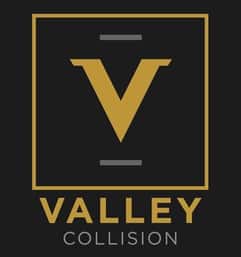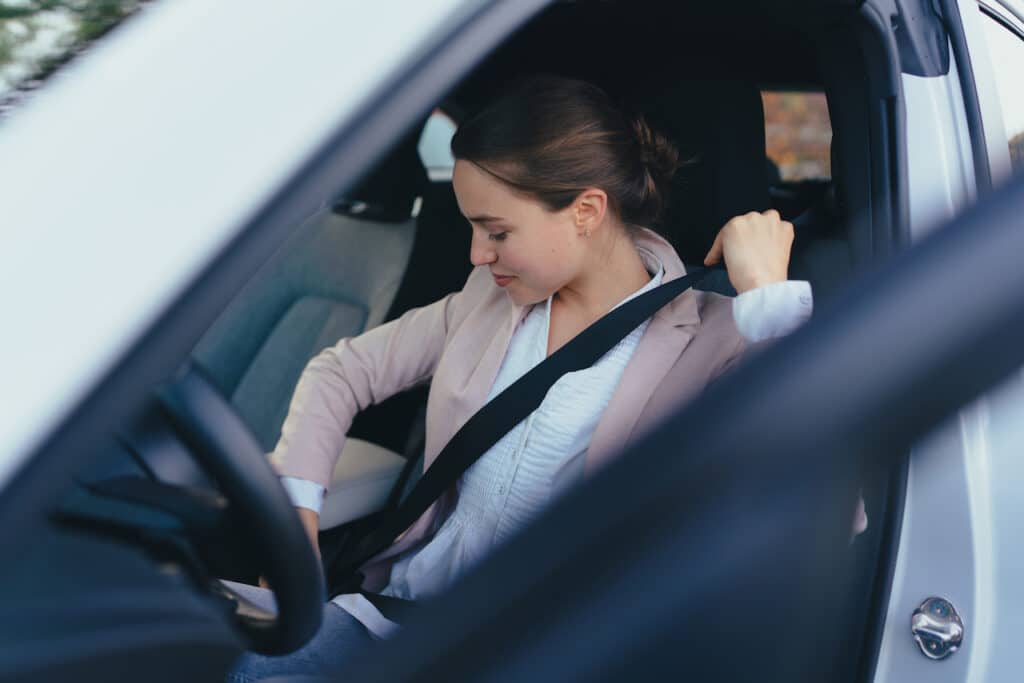If you’ve been in a car accident, you already understand how much your safety depends on wearing a seat belt—but did you know you should be checking your seat belts regularly? Seat belt safety involves more than just buckling up. This article will dive into everything you should know about seat belts after an accident.
The Lifesaving Role of Seat Belts
Seat belts play a vital role in vehicle safety. Their primary function is to restrain passengers within the vehicle, reducing the risk of collision with the interior of the car, and also preventing ejection during a crash. According to the National Safety Council, the use of lap and shoulder seat belts can decrease the risk of front-seat passenger car occupant deaths by 45%.
Additionally, seat belts keep passengers in a position that allows airbags to function correctly. Airbags can only work effectively if the passenger is situated properly in their seat. If a passenger isn’t practicing seat belt safety, they may slide out of position and miss the airbag’s protection.
Seat Belt Mechanics: How They Work in Crashes
Seat belts are ingeniously designed safety devices that use clever mechanics and science to prevent harm.
The Mechanics
There are two key mechanisms used to protect passengers in an accident. The retractor is the most central component and has a spring wound around it to allow free movement of the seat belt. However, during a crash, the retractor locks to keep the occupant safely restrained.
The other important mechanism is the pretensioner, which reacts to a collision by pulling in any slack in the seat belt. Together, the retractor and pretensioner form a safety system that has saved countless lives.
Seat Belt Inspection: Post-Accident Checklist
After an accident, you should always have your seat belts inspected by a professional to ensure they are in proper working condition. In some cases, the belt may need to be replaced entirely. Here’s a step-by-step checklist to use after a collision:
- Inspect the webbing for any tears, cuts, or fraying.
- Check the buckle for any damage.
- Test the retractor and pretensioner to make sure they are fully functional.
- Ensure the seat belt can be pulled out smoothly and retracted without getting stuck.
If you notice any of these issues, it’s important to have your seat belts replaced immediately. Using a damaged or malfunctioning seat belt can put your safety at risk in the event of another accident. Checking these issues will ensure you’re practicing seat belt safety.
Signs of Seat Belt Damage and Wear
Even if you haven’t been in a collision, you should regularly check your seat belts for any signs of damage or wear. Here are a few things to look out for:
- Frayed or torn webbing
- Damaged or malfunctioning buckle
- Retractor that doesn’t lock during sudden stops
- Seat belt that won’t retract properly
- Faded or discolored webbing, which indicates sun damage
- Any strange noises or clicks when pulling the seat belt out or retracting it
Regularly checking for wear and tear can help ensure your seat belts are always in top working condition—and if you’re unsure if your seat belts have these signs, get your seat belt safety checked by a professional.
Replacing vs. Repairing Seat Belts
In some cases, seat belts may be repairable after an accident—but if your seat belt has any severe damage such as cuts or tears in the webbing, a replacement will likely be needed. Additionally, if the retractor or pretensioner is damaged, a replacement may be necessary as well.
It’s always best to err on the side of caution and have your seat belts replaced if there is any doubt about their safety. After all, they are essential for protecting you in the event of another accident.
Legal and Safety Considerations
In many states, both front and back seat passengers must wear seat belts. Failing to do so can result in a fine or ticket.
However, the most critical aspect of seat belt safety is personal injury prevention. Injuries sustained in an accident without a seat belt can be severe and even life-threatening. Wearing a seat belt is one of the simplest and most effective ways to increase your chances of surviving a crash.
Trust Valley Collision for a Thorough Car Repair
After a car accident, it’s essential to not only have your seat belts checked but also ensure your vehicle receives proper repairs. At Valley Collision, our team of expert technicians will thoroughly inspect and repair your vehicle, including checking the condition of your seat belts. We understand the importance of safety on the road and are committed to keeping you safe in your vehicle.
Contact us today for all your car repair needs.

